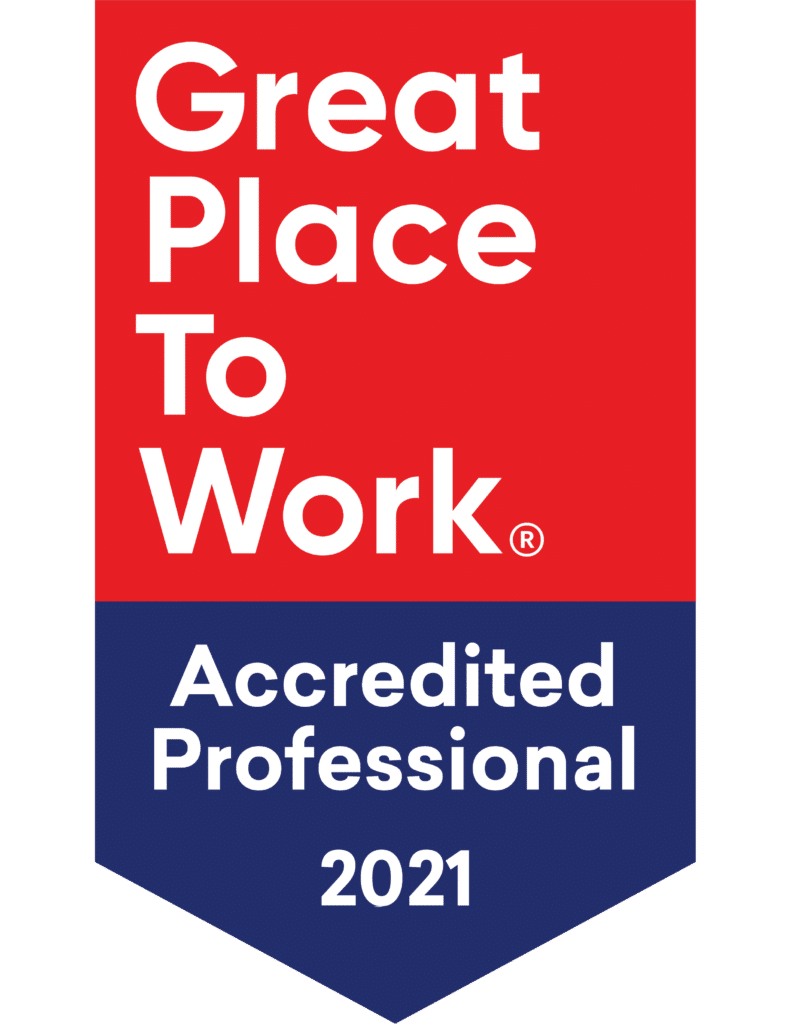May 21, 2021
Tips for Maintaining Physical Health at Work
Ross Bauer of Bauer Benefits is proud to share this story, recently published by LifeWorks.
Employee Assistance Programs (EAP) are surging in popularity, especially since the onset of the Covid 19 pandemic. Your most valuable asset is your employees and they are faced with unprecedented levels of change which produces stress. If managed properly, these stresses do not have to cause long term health and wellbeing problems that effect job performance that will result in lower bottom line results. Keeping your employees healthy is a strategy that pays big dividends.
Whether your work is physical or sedentary, creating a safe and healthy work environment can help you prevent injury and illness. Neglecting your physical health at work not only impacts your quality of life but can also affect how efficiently and productively you work. Here are some suggestions to help you stay healthy on the job.
Ergonomics ensure that the design and arrangement of your workstation allows for safe use. Setting up your workspace properly will limit headaches, eyestrain, back and neck pain, and can prevent chronic conditions including carpal tunnel syndrome—a painful nerve disorder of the wrist and hand.
If you mostly work at a desk you should:
- Use an adjustable chair to customize the height, back, and armrests to your body. Your feet should rest comfortably on the ground and your thighs should be parallel to the floor. Items that you frequently use must be within arms’ reach to prevent bending and twisting.
- Your keyboard and mouse should be just below elbow level and close to the body. Keyboard trays can help and will keep your wrists straight.
- Ensure your computer monitor is at least one arm’s length away from you. The top of the screen should be at eye level, and the monitor should sit directly in front of you.
If you spend most of your workday standing or on the move, consider the following:
Ergonomics are important to all work-related tasks. Consider how you access regularly used tools or machinery and be sure to eliminate movement from the waist. Vary your postures, alternate repetitive tasks, and practice safe lifting procedures—don’t lift a weight you can’t handle, ensure you bend your knees to put the weight on your legs rather than your back.
Stretching and moving as a regular part of your work routine. Muscular tension and pain caused by repetitive work activities is very common. Try these simple exercises right at your workstation to relax your muscles and energize your spirit. Do these stretches often throughout the day to prevent injury, not only when you are tired and stiff.
- Head tilt. Place your right hand on your left shoulder and slowly bring your ear toward your right shoulder without turning your head. Hold this for five seconds and then switch sides.
- Neck rolls. Slowly roll your head to the right, down to the center, and over to the left. Repeat in the opposite direction.
- Shoulder circles. Sit up straight and slowly roll your shoulders forward ten times and back ten times.
- Side stretch. Reach your arms out to the side and then clasp your hands above your head. Lean your upper body to the right side. Hold for five seconds and then switch sides.
- Back curl. Hold your right shin and lift your leg off the floor. Bend forward and curl your back reaching your nose to your knee. Repeat on the other side. This exercise will also stretch your legs.
Start moving. Sitting at a desk or completing repetitive tasks can be mentally and physically draining. Take brief rest breaks throughout the day, alternate tasks, move around and be sure to change positions at least every 30 minutes if possible. Get away from the workplace—take a lunchtime walk, choose to take the stairs, and if driving pull over and take in a view. Just by getting up and moving around, you will feel less tired and more focused.
More ways for everyone to work safely and healthily
Keep your work area clean. Although it’s your own space, germs and bacteria live all over your work area. Regularly disinfect your workstation to reduce your chances of becoming ill.
Make healthy eating choices. Often unhealthy foods are easily accessible in the workplace and when you’re hungry it’s hard to avoid them. Combat the mid-work slump with healthy snacks, including yogurt, fruit, vegetables, and nuts. Never skip breakfast—it fuels your mind and your metabolism.
Wash your hands regularly. Good hand hygiene, when done properly, is your best defence against illness. Wash your hands throughout the day and keep a bottle of hand sanitizer with you if you can’t get to a sink. Try to keep your hands away from your eyes, nose and mouth.
Get a good night’s sleep. Adequate sleep not only boosts your immune system but also improves your memory, concentration, and reaction time. Limit your caffeine consumption while at work to improve the quality of your sleep.
Most people spend one-third of their day or half their waking hours at work, so it’s vital to make healthy lifestyle choices at home and on the job. Small changes to your routine and a little proactive planning will not only help you stay healthy but function better personally and professionally.
For more information on EAP programs or your benefit requirements, please contact Ross Bauer through our website.






